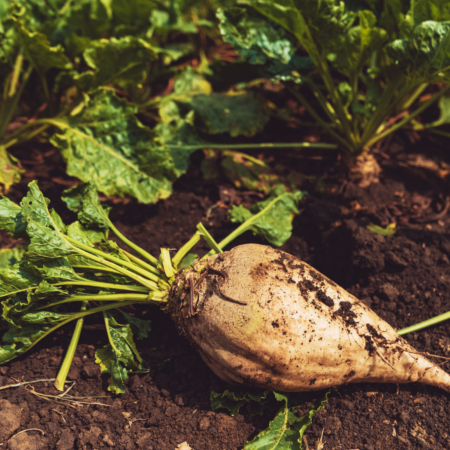U.S. Sugar Provides Backpacks and School Supplies to Thousands of South Florida Schoolchildren
Pencils. Glue. Scissors. Notebooks. Each item packed carefully into a backpack by a volunteer.
Thanks in part to U.S. Sugar, thousands of students in Florida started school in August 2019 with brand-new backpacks filled with the supplies they would need for a successful year.
U.S. Sugar partnered with several community organizations, including the Clewiston Library, the City of South Bay, the Palm Beach and Hendry County Education Foundations and the Palm Beach and Hendry County Sheriff’s Departments to provide more than $110,000 in backpacks and school supplies to elementary school students in the Glades farming communities.
Approximately 70 percent of schools in Palm Beach and Hendry Counties are designated as Title 1 schools, meaning they serve a high percentage of students from low-income families.
These Glades communities are vitally important to U.S. Sugar. The Glades communities in western Palm Beach County are agricultural towns that many sugarcane farmers and workers call home, while U.S. Sugar is headquartered in Clewiston, in Hendry County.
Investments in education through projects like U.S. Sugar’s backpack initiative to provide school supplies to help the next generation be successful will help sustain their local communities.
Brannan Thomas, U.S. Sugar’s Community Relations Manager and a native of Belle Glade, helped lead this project and was proud to give back to the community where he went to school.
“U.S. Sugar is proud to donate filled backpacks to our students and help support the important work our teachers are doing to educate the next generation of Floridians,” Thomas said. “Our families live, work, and play in these communities, which means that our success is intrinsically tied to their prosperity.”
Thomas and other U.S. Sugar employees were able to deliver hundreds of backpacks to children at the Clewiston Library and South Bay City Hall as well as to school leaders at Eastside and Westside Elementary Schools in Clewiston.
According to the Florida Department of Education, during the 2018-2019 school year, 100 percent of students at each of these schools qualified for free or reduced-price lunches.
National surveys place the cost of buying school supplies at an average cost of more than $100.
“Notebooks and pencils are necessities for any back to school list, and every student deserves to have access to the supplies they need to succeed in the classroom,” Thomas said.
Pencils. Glue. Scissors. Notebooks. These are more than just supplies checked off a list.
They’re tools that will help secure valuable education opportunities for thousands of children in South Florida.


